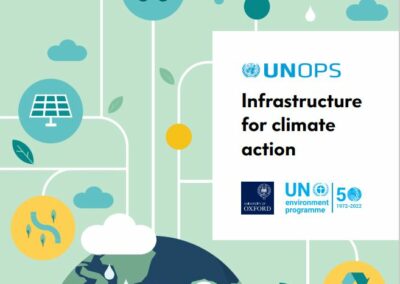The National Infrastructure Commission (NIC) is attempting to understand the vulnerability of England to drought at a national scale, and they’re relying on ITRC’s infrastructure systems modelling capability to make it happen.
The NIC is uniquely-placed to take a broad view of England’s water supply: as the government’s infrastructure adviser, it needs to understand the risks and challenges that the water networks will face, and to provide a national perspective on the best infrastructure solutions for the future.
Every five years, England’s regional water companies produce Water Resources Management Plans (WRMP) – statements of how they are going to continue to meet the future water requirements of their customers. Later this year, the NIC will be responding to the current round of draft WRMPs, based on their England-wide analysis of future water supply and demand.
To do this, they are using Water UK’s future water scenarios, and applying ITRC-MISTRAL’s NISMOD1 system-of-systems analytical tool. Here there is a unique opportunity to test different approaches. For example, NIC can choose to investigate the best way to limit drought risk, to look for least-cost strategies, and to compare the costs of different kinds of investments and interventions.
Back in 2015, ITRC used NISMOD1 to analyse Infrastructure UK’s existing pipeline of infrastructure investments under alternative scenarios of socio-economic and climatic uncertainty. With this new piece of work, we are operating on the next stage in the decision-making process, with ITRC’s analysis being used to inform the direction and kind of investments that will deliver a resilient, efficient supply network for England’s water consumers into the future.
Dr Matthew Ives, ITRC’s Infrastructure Systems Modeller, led this work.
“We can experiment in a digital environment, using the whole of England’s water network, to compare all the options proposed for their ability to futureproof our water supplies before anyone breaks ground on new investments.”
ITRC-MISTRAL is grateful to the Engineering and Physical Sciences Research Council and its Impact Accelerator Award which has enabled this in-depth work to be conducted.


